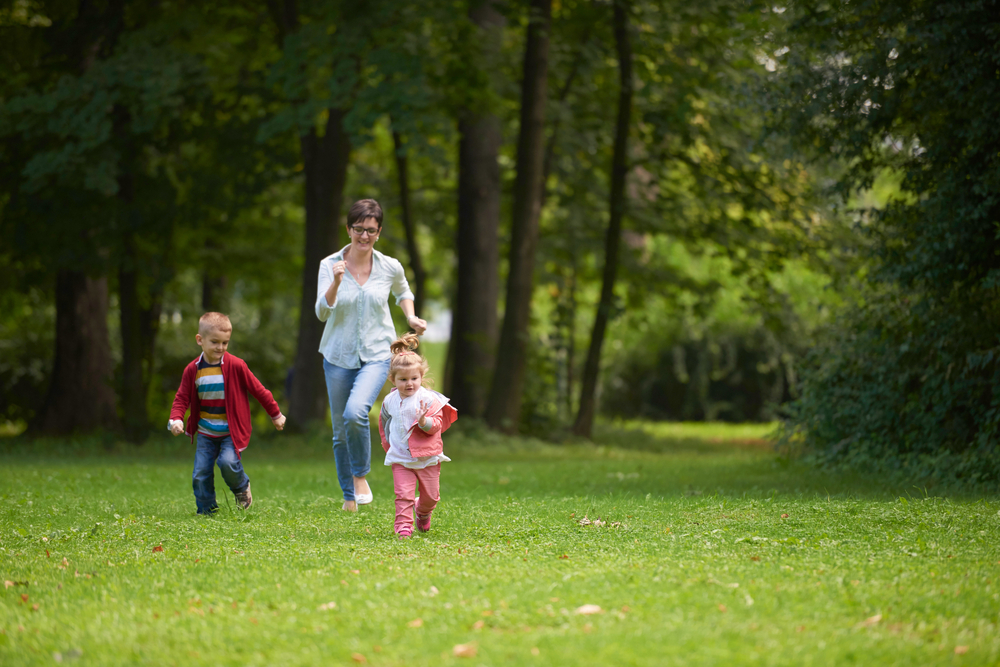Intergenerational Play: Building Strong Connections Across Generations
Posted by May Recreation Content Team on

Today’s children have fewer siblings and better connections to their grandparents. Fostering intergenerational play, then, may be one of the best ways for families to find themselves connecting those links. In many instances, both parents work, and households are single-parent-led.
That means there’s more opportunity for younger children to spend time with their extended family members. This change in the conventional family network isn’t a bad thing, but it does make play a bit more challenging since so many age ranges exist.
Providing Children with Opportunities to Play Is Essential
Data from the National Association for the Education of Young Children make it clear – play is valuable and necessary. Playing helps children to develop healthier and stronger. It can help children to avoid early-onset health conditions that stem from obesity and aid in emotional development. It also is a great stress and anxiety reducer. It helps in the development of the following:
- Cognitive skills
- Literacy skills
- Social skills
- Physical abilities
- Language skills
There is a very strong benefit to creating effective play opportunities for children. Yet, that is often hard to do when there is such a significant age gap.
How to Foster Intergenerational Play
The goal of intergenerational play is to create opportunities for all generations to have fun together. That includes children as young as toddlers, teens, young adults, middle-aged adults, and seniors to be able to engage in play. This type of play can happen anywhere, including in a structured environment, inside the home, outdoors, and in parks. The goal is not necessary to engage in a very specific type of play but rather to create opportunities to enjoy time together where everyone is engaged and happy.
Intergenerational play can also include various types of activities and engagement opportunities. That may include:
- Playing sedentary games like cards
- Going for walks to explore the outdoors
- Having meaningful and playful conversations
- Engaging in races
- Encouraging cognitive challenges
- Playing on a swing set or engaging in recreational play structures
There is no limit to the types of experiences people can have. What is important, though, is making it possible for everyone to engage in this type of play.
How Families Benefit from Intergenerational Play
The family unit, no matter who compromises it, benefits from these types of engagement opportunities. Putting down the cell phones, turning off the TV, and engaging in these activities offers numerous benefits, including:
- Better peer-to-peer communication
- Stronger relationships
- Memory development they will maintain for years to come
- New ways of thinking and seeing the world
- A better understanding of all generations and their needs
What Makes Intergenerational Play Hard to Do?
A grandparent playing with a toddler may not seem like something challenging. A busy parent having some one-on-one time with their middle schooler doesn’t seem difficult. Yet, it can be.
- Interests are different at all ages – and all people should be engaged in these activities
- There are often physical limitations and concerns present, and that could make it physically challenging
- Poor understanding of opportunities to engage with materials beyond digital devices is often limiting
In short, it is important to create opportunities that allow for play at all ages, all safety levels, and all interests. That can be very difficult to do when people are in various age groups.
Developing Play Structures for the Intergenerational Family
One effective way of building success in intergenerational play is to create structures that enable people of all groups to enjoy time together. That includes solutions that are safe for seniors and toddlers but still enjoyable for all age groups in between this. May Recreation can help with this.
By creating a custom-designed play structure that fits the needs of all age groups (as well as all abilities and needs), it is possible to foster a sense of “get out there and play” that the entire family can participate in. Learn more about the opportunities we offer by setting up a project design consultation.
